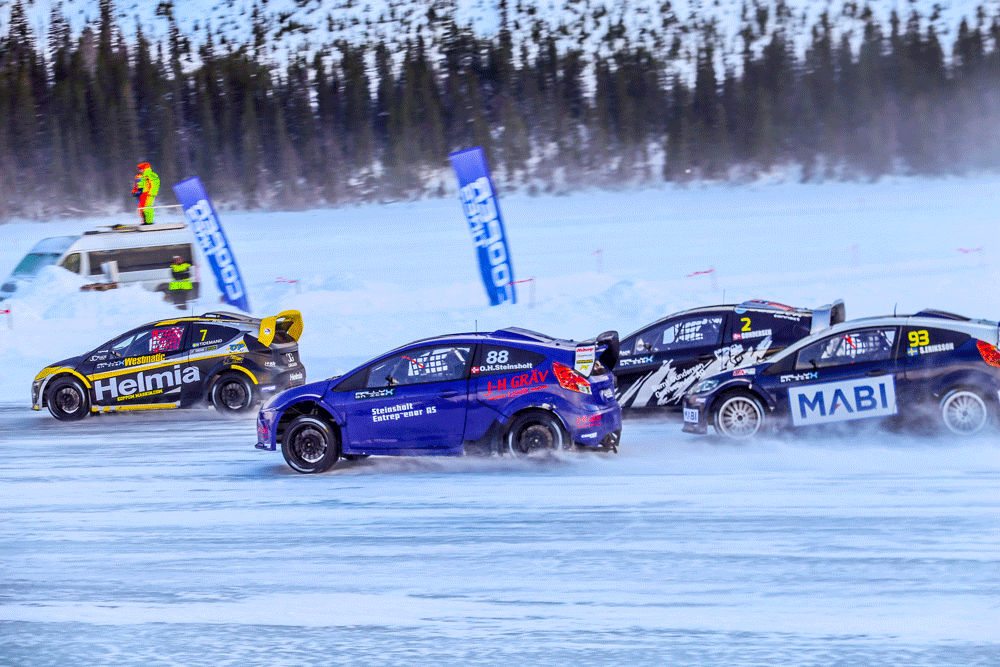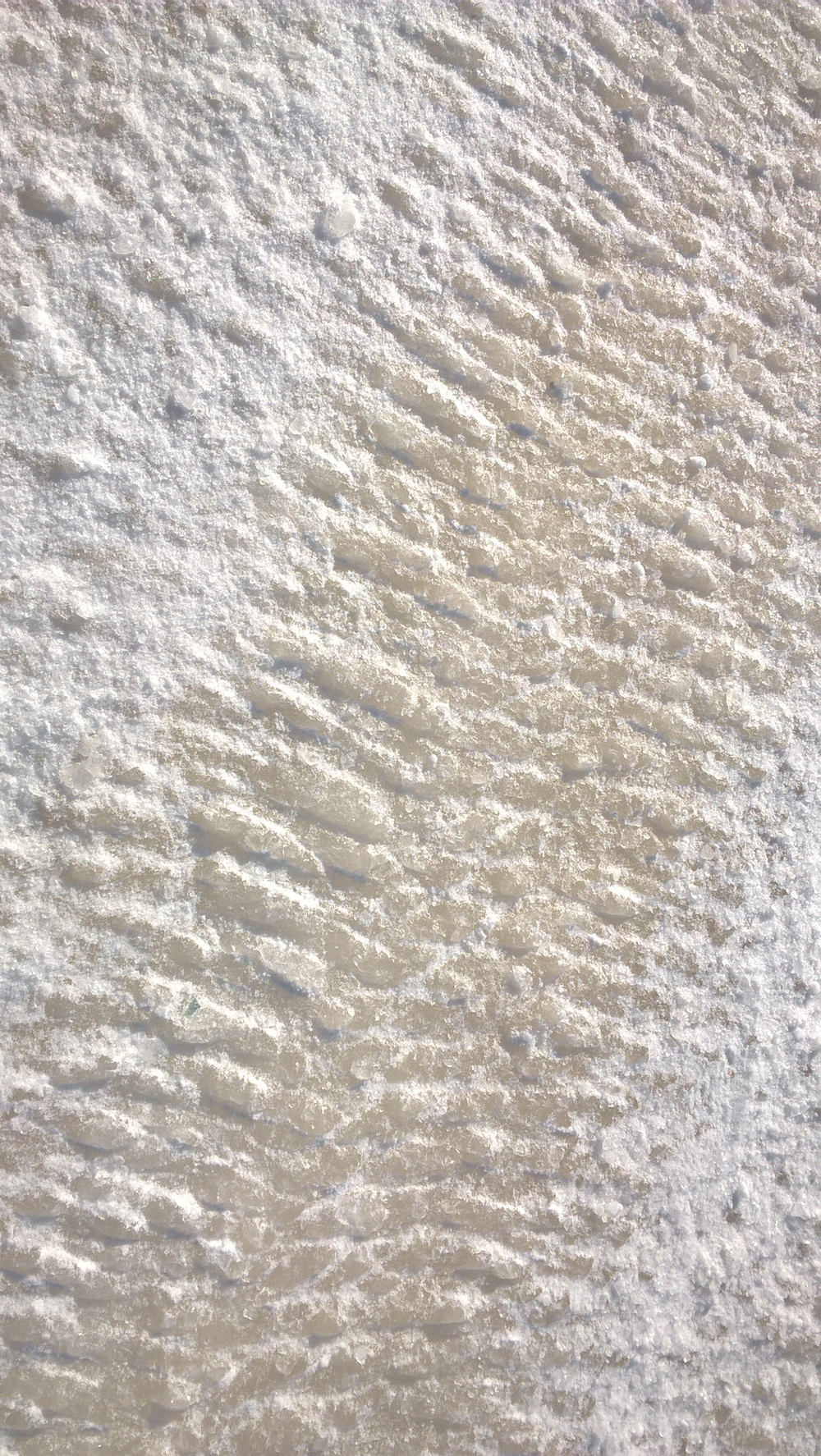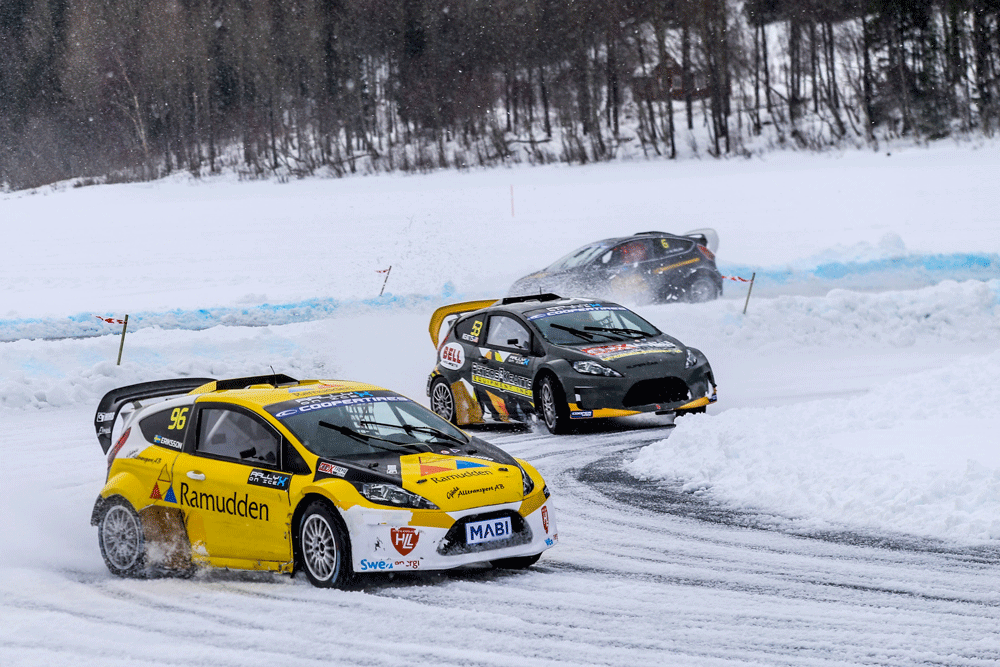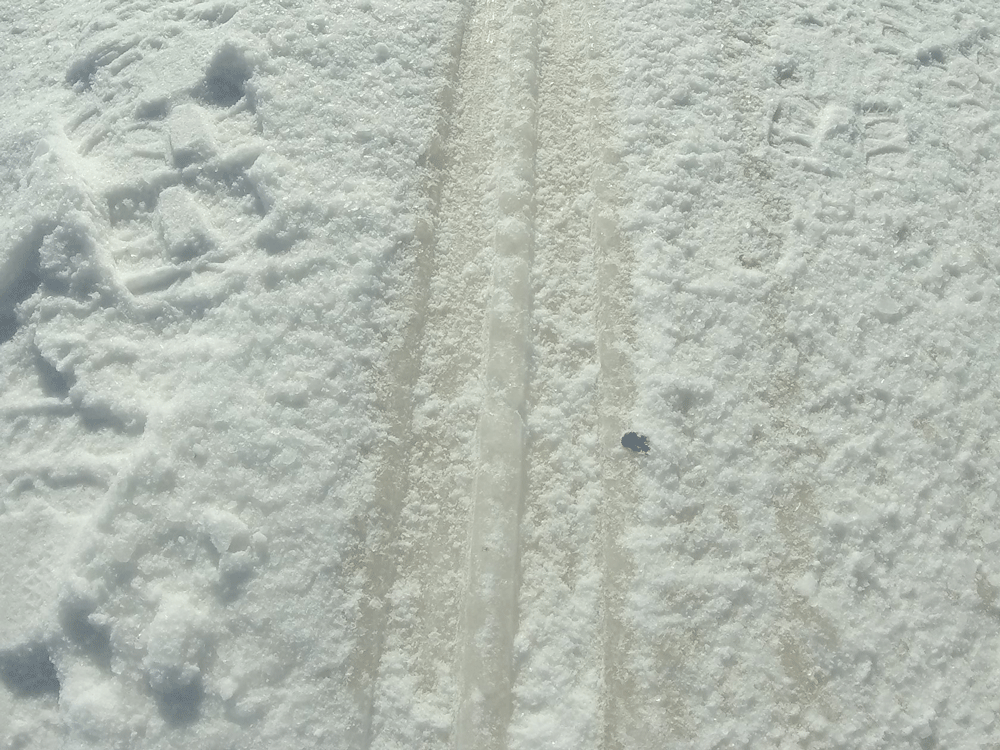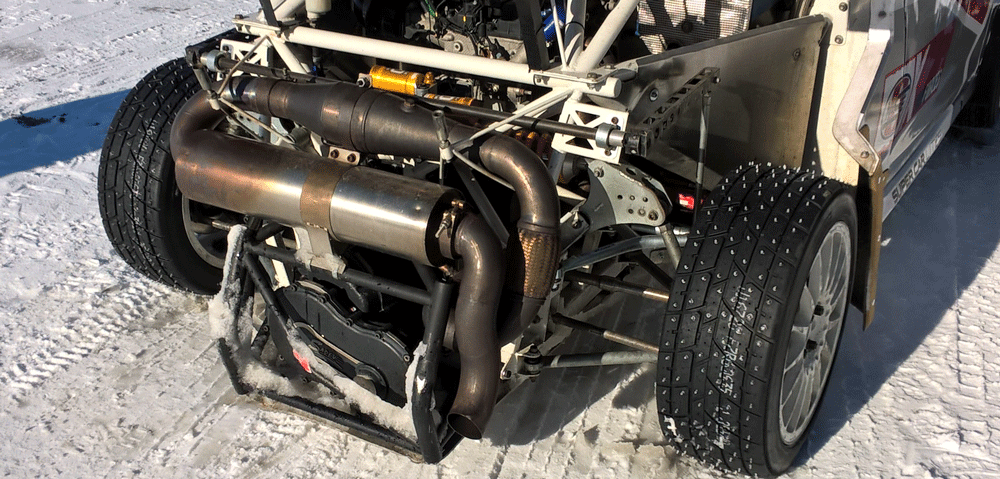Developing a new studded ice rallycross tire for the RallyX on Ice championship presented a fresh challenge for the team at Cooper Tire.
Historically teams have used a World Rally Championship-type (WRC) snow tire, which is typically more narrow than a road tire, however they were encountering issues with destruction of the ice.
“Just over a year ago we were approached by the organizers of the racing championship to come up with a new tire to tackle this erosion and improve performance on ice,” says materials development manager Matthew Vincent.
“The footprint of these tires is quite narrow, so there is a small contact patch with a lot of studs, which creates big grooves in the ice. Sometimes the car will tramline into the grooves and particularly if it does so on corners, it will throw the car off the track.”
Cooper’s engineers worked closely with the rallycross teams from the outset to create the Discoverer Winter RallyX Ice. While narrow tires are good for clearing snow, the event runs mostly on ice and as such, their approach was to opt for a wider tire. This would mean that race teams could keep their existing brakes and wheels. Furthermore, having a wider footprint would enable the studs to be more spread out, ultimately causing less erosion of the track.
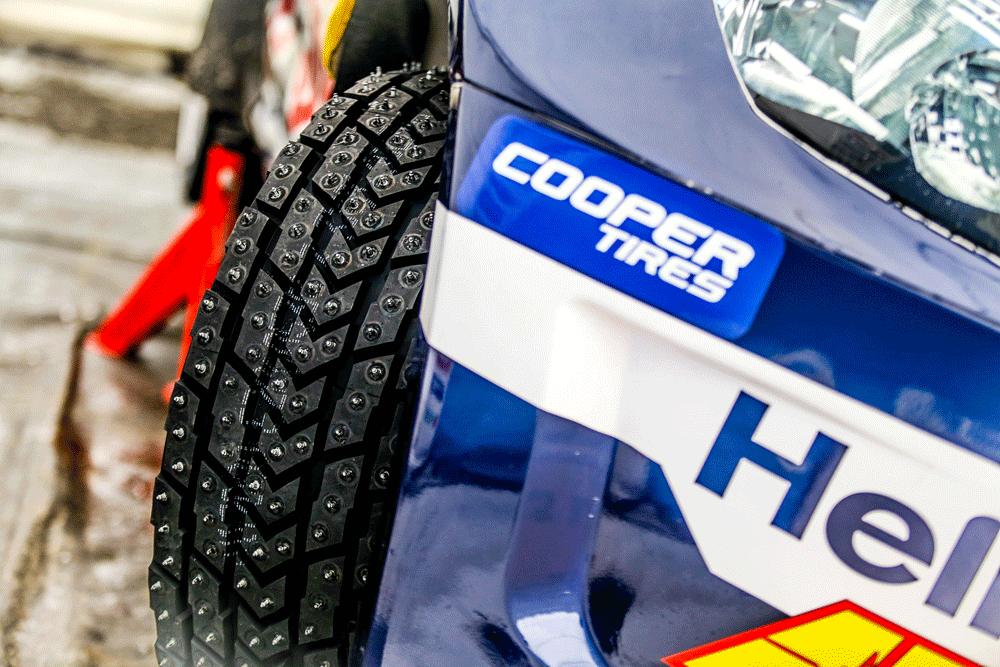
“It’s important to decide on the stud configuration early in the development process as you have to design the rest of the tire around this,” Vincent comments.
The engineers used an existing rallycross wet tire as the basis for a new design. A standard WRC type of stud was used. Various stud layouts were tested on frozen lakes and on tracks in Northern Sweden near the Arctic Circle, on numerous RallyX cars as well as on a super car.
“We did two lots of testing – one round early in 2018 and another at the end of the year. That involved testing with both the old and the new tire, examining different parts of the ice in places where the cars put more power down and where they broke harder.
“We started with the rallycross wet version and looked at which stud layouts gave the best grip and caused the least erosion. Over the summer we worked on the design of the new tire, and in December we began testing that with the chosen stud layout.”
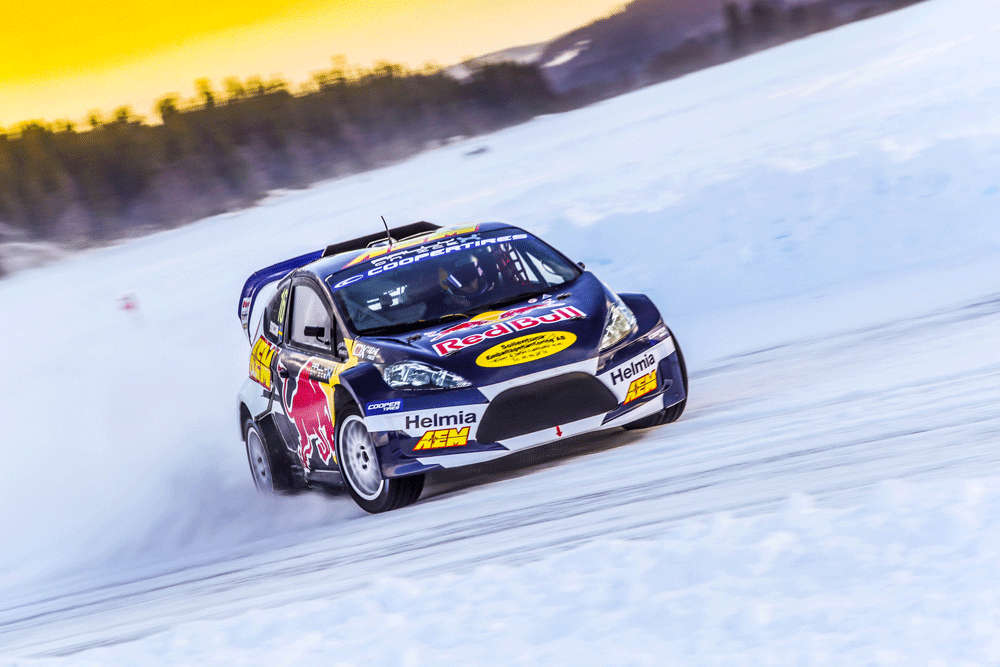
Vincent notes that there many types of ice, varying depending on how the ice was formed, for instance, if it was built up in layers, and the air temperature, making it impossible to predict performance virtually.
“I really enjoy the challenge of creating the product from beginning to end. That’s the advantage of working in motorsport – you are there every step of the process, from the proposal, the design, through to the testing and the event,” Vincent adds.
RallyX on Ice takes place over three days in Åre, Sweden, and was held this year between March 18-23. For more information click here.
